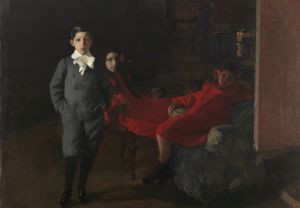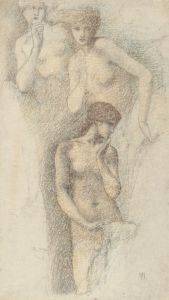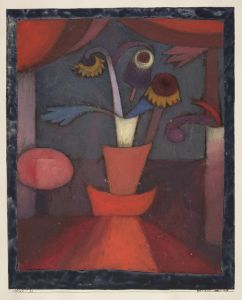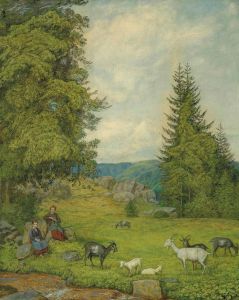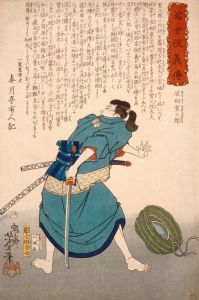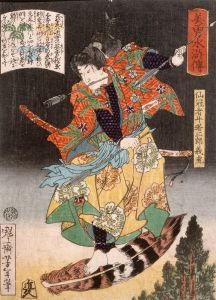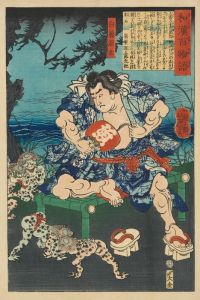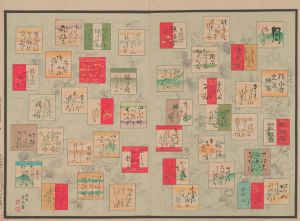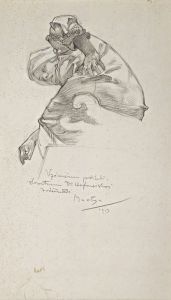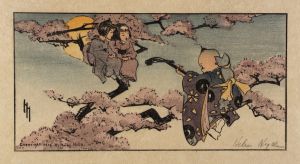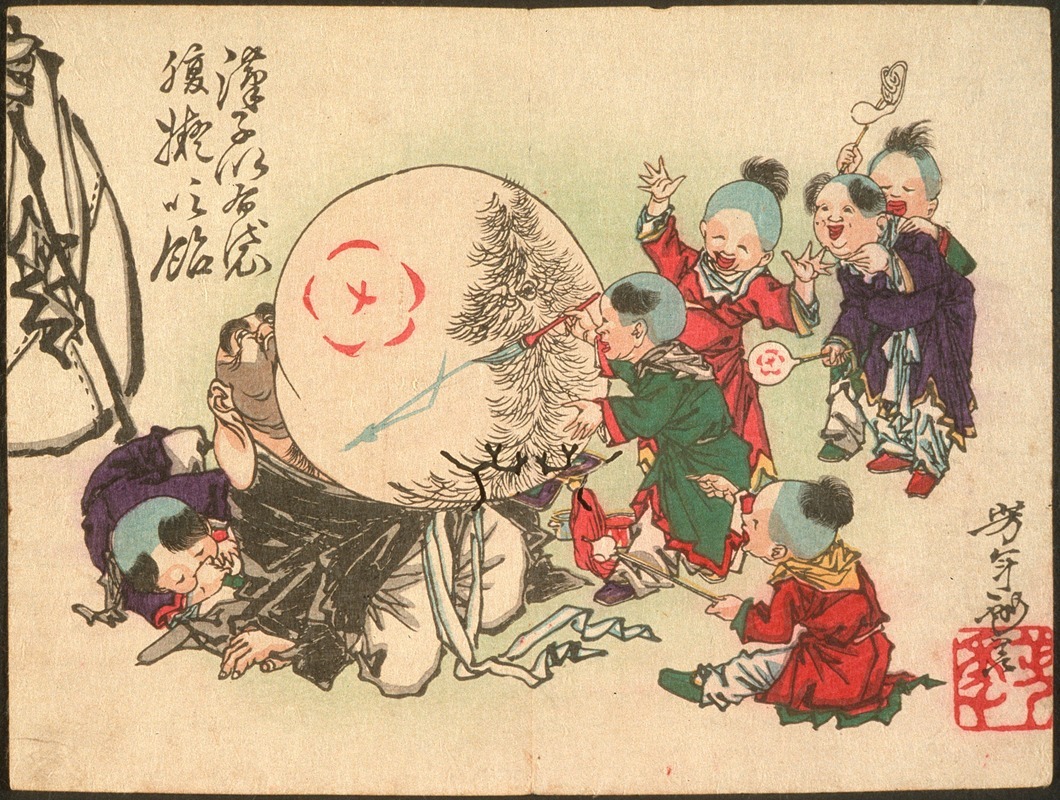
Children Blowing Up Hotei’s Belly and Painting It Like Candy
A hand-painted replica of Tsukioka Yoshitoshi’s masterpiece Children Blowing Up Hotei’s Belly and Painting It Like Candy, meticulously crafted by professional artists to capture the true essence of the original. Each piece is created with museum-quality canvas and rare mineral pigments, carefully painted by experienced artists with delicate brushstrokes and rich, layered colors to perfectly recreate the texture of the original artwork. Unlike machine-printed reproductions, this hand-painted version brings the painting to life, infused with the artist’s emotions and skill in every stroke. Whether for personal collection or home decoration, it instantly elevates the artistic atmosphere of any space.
"Children Blowing Up Hotei’s Belly and Painting It Like Candy" is a woodblock print created by the renowned Japanese artist Tsukioka Yoshitoshi (1839-1892). Yoshitoshi is considered one of the last great masters of the ukiyo-e genre of woodblock printing and painting. His works are known for their dynamic composition, innovative use of color, and often, their exploration of supernatural themes and historical subjects.
This particular print is part of Yoshitoshi's series "Tsuki hyakushi" (One Hundred Aspects of the Moon), which was published between 1885 and 1892. The series is celebrated for its artistic quality and the way it captures various aspects of Japanese culture, folklore, and history, all unified by the common motif of the moon.
In "Children Blowing Up Hotei’s Belly and Painting It Like Candy," Yoshitoshi depicts Hotei, one of the Seven Lucky Gods in Japanese mythology. Hotei is often associated with happiness, abundance, and good fortune. He is typically portrayed as a cheerful, rotund figure with a large belly, which is considered a symbol of his benevolent nature and the happiness he brings.
The scene in the print shows children playfully interacting with Hotei, inflating his belly and painting it. This playful depiction aligns with Hotei's character as a bringer of joy and laughter. The children’s actions can be seen as a metaphor for the carefree and joyous nature of childhood, as well as the playful spirit that Hotei embodies.
Yoshitoshi’s use of color and composition in this print is notable. The vibrant hues and the dynamic arrangement of the figures create a lively and engaging scene. The attention to detail in the children's expressions and movements adds to the overall charm and whimsical nature of the artwork.
The "Tsuki hyakushi" series, including this print, is significant not only for its artistic merit but also for its cultural and historical value. It reflects the late Edo and early Meiji periods' societal changes and the enduring appeal of traditional Japanese folklore and mythology. Yoshitoshi's work provides a window into the cultural landscape of Japan during a time of significant transformation.
Yoshitoshi's prints, including "Children Blowing Up Hotei’s Belly and Painting It Like Candy," continue to be highly regarded and studied for their artistic innovation and cultural significance. They are preserved in various museums and collections worldwide, where they are appreciated by art historians, scholars, and enthusiasts of Japanese art.
In summary, "Children Blowing Up Hotei’s Belly and Painting It Like Candy" by Tsukioka Yoshitoshi is a delightful and culturally rich woodblock print that captures the essence of Hotei's joyful spirit and the playful nature of children. It stands as a testament to Yoshitoshi's skill and creativity, as well as his ability to convey complex themes through the medium of ukiyo-e.





